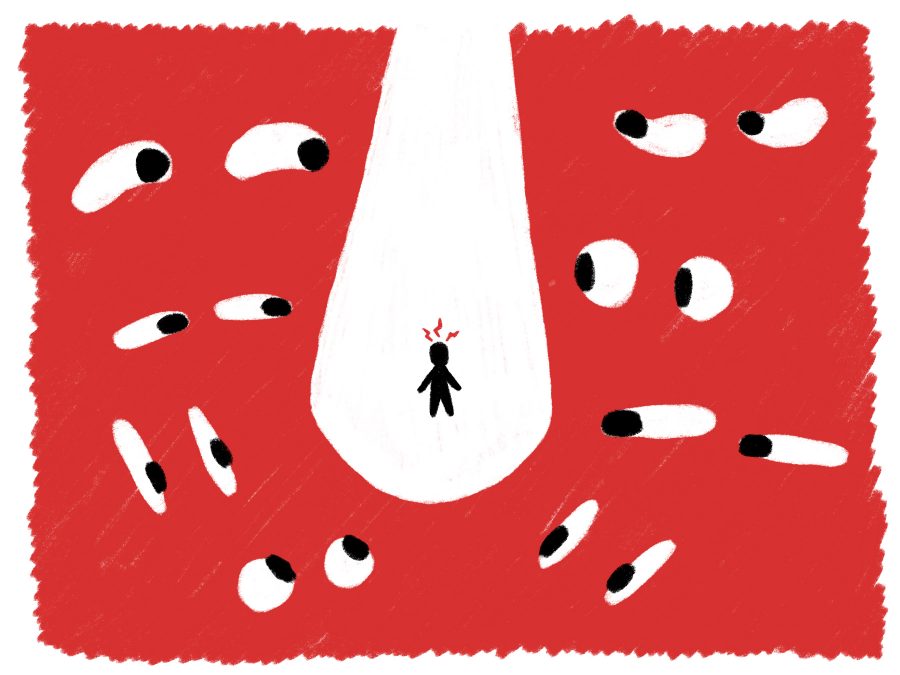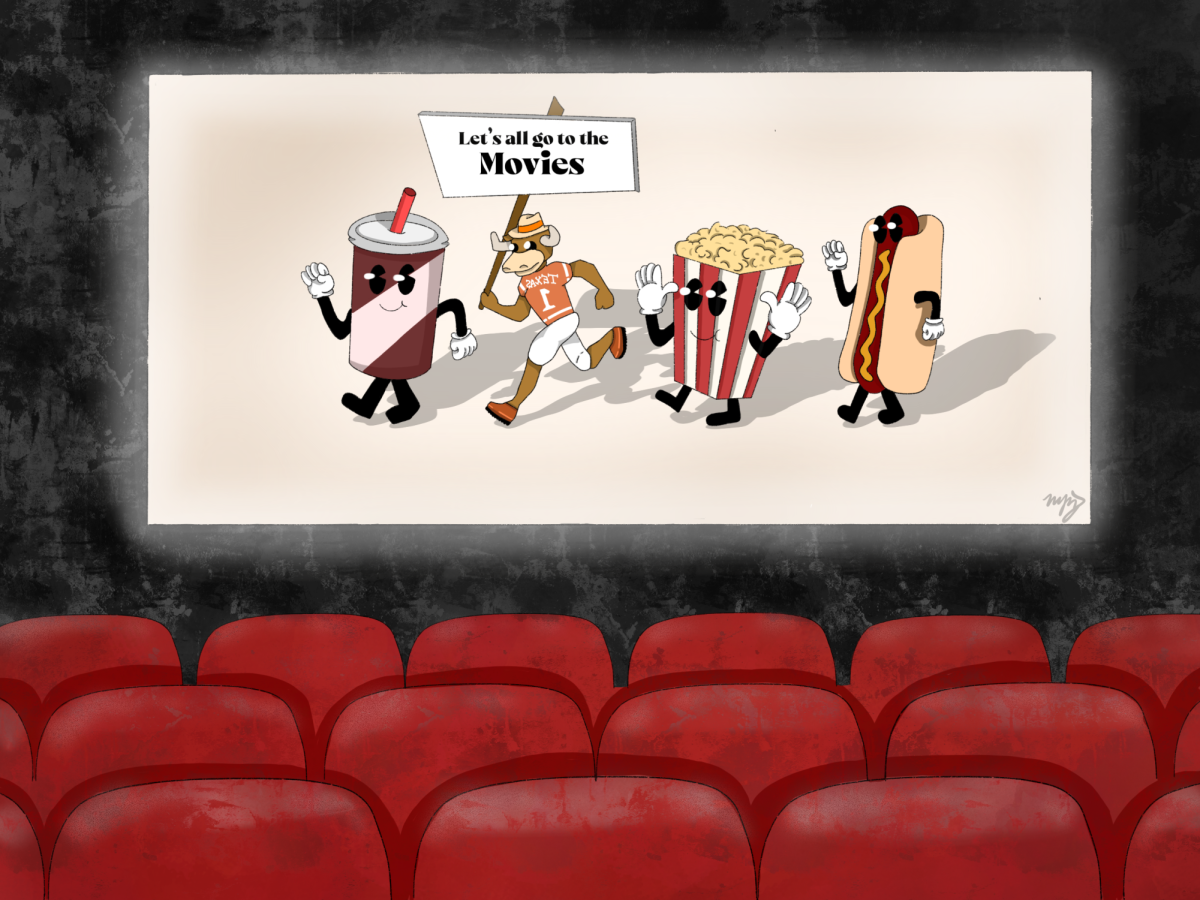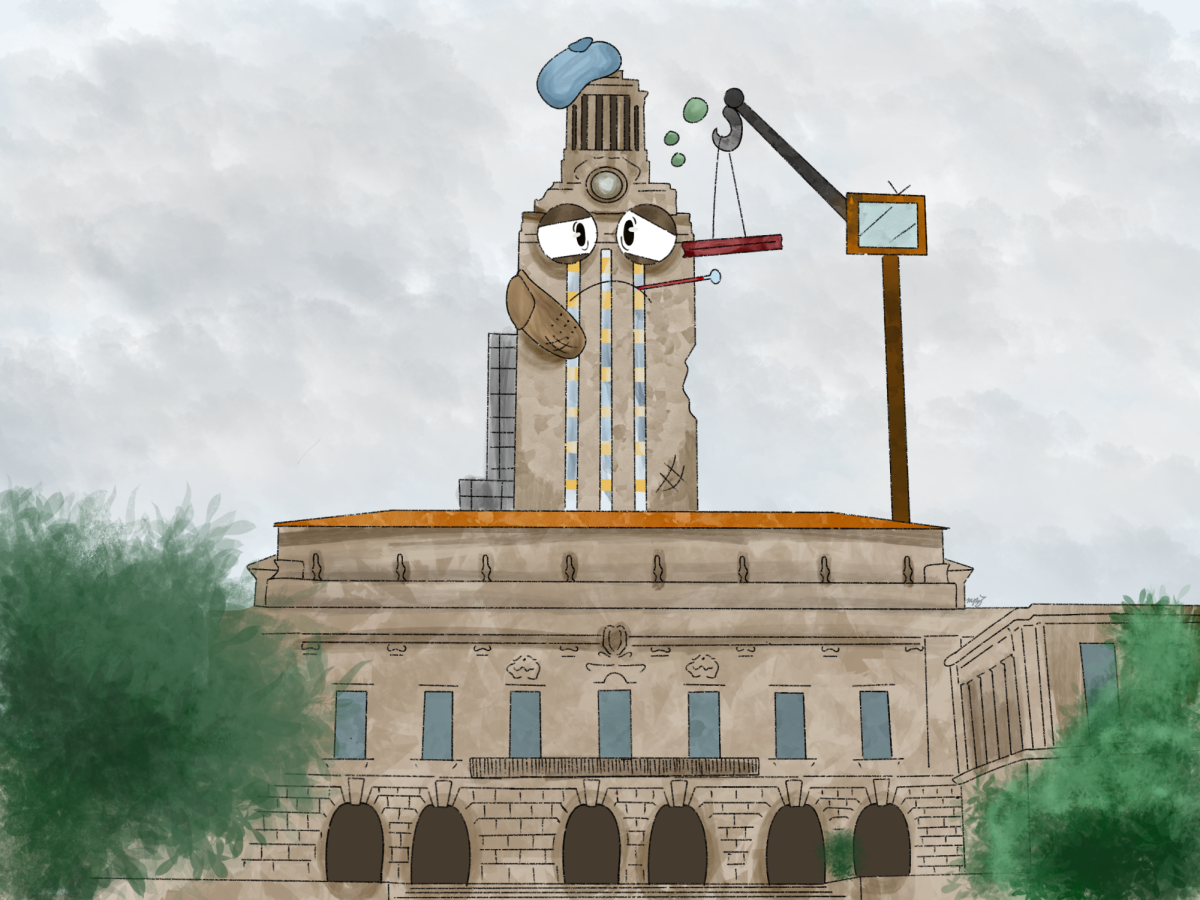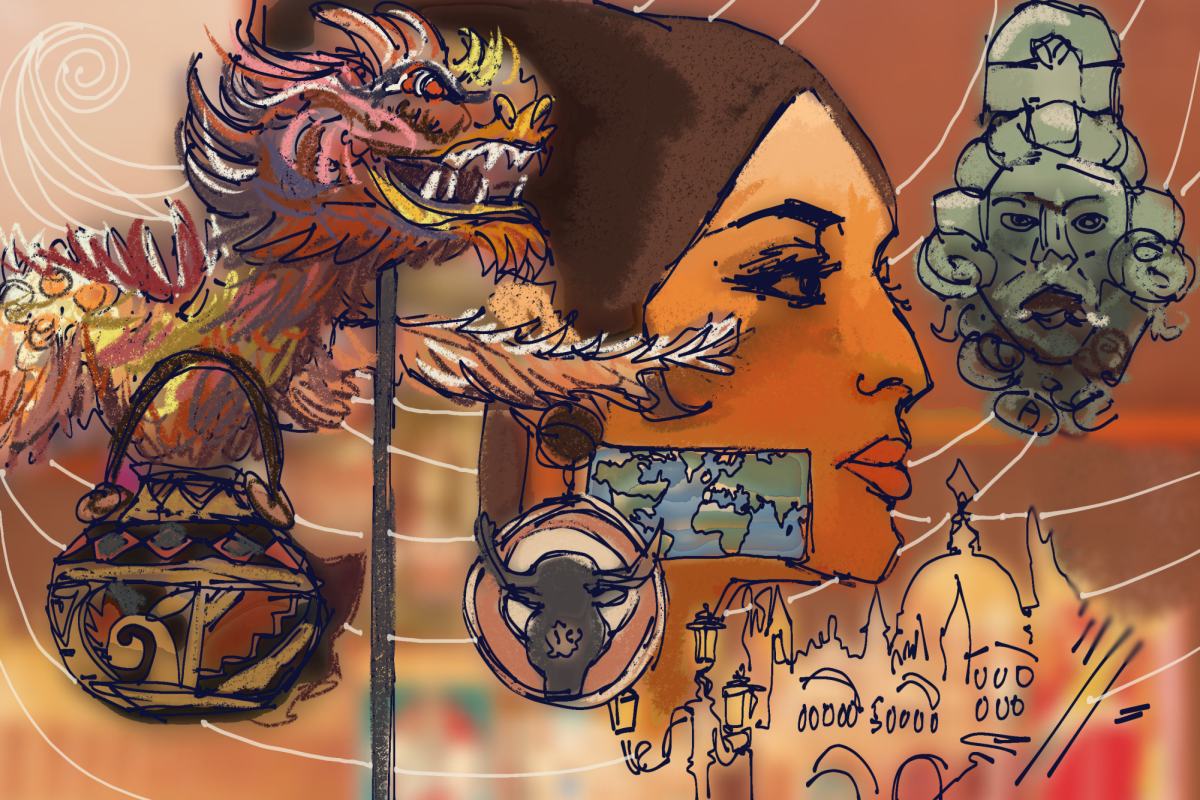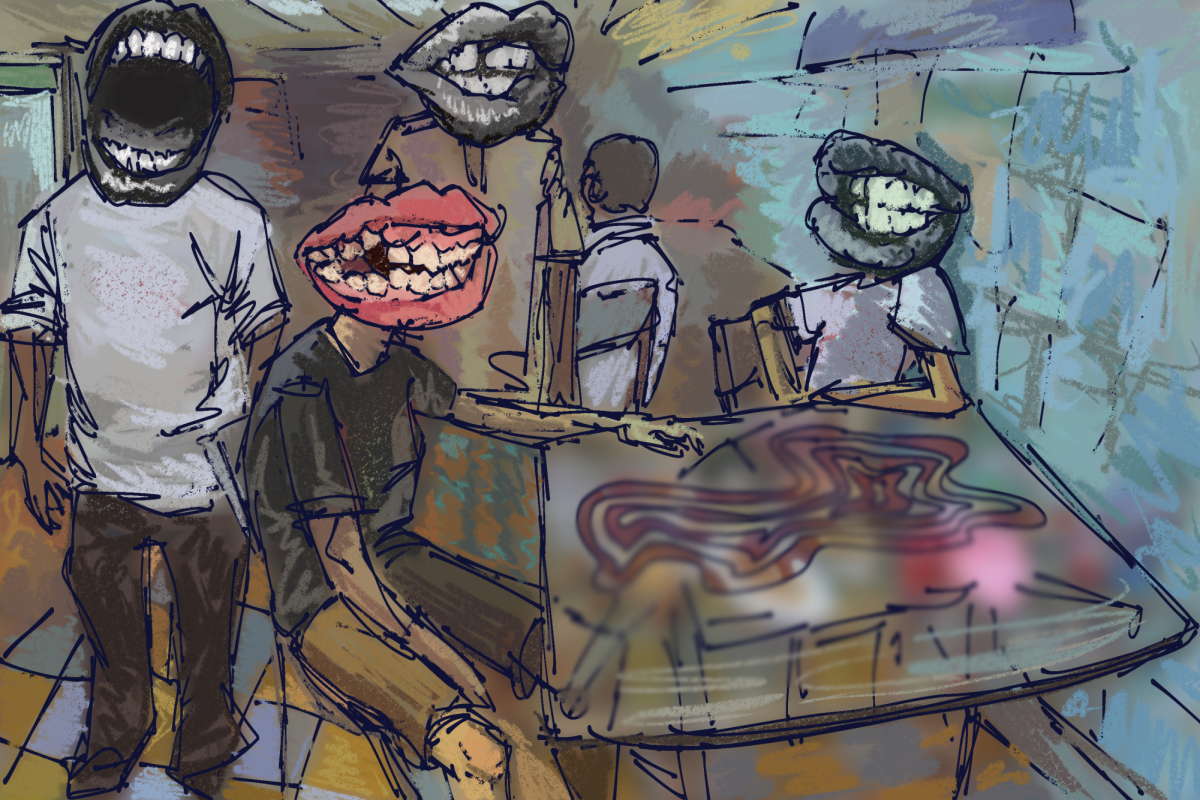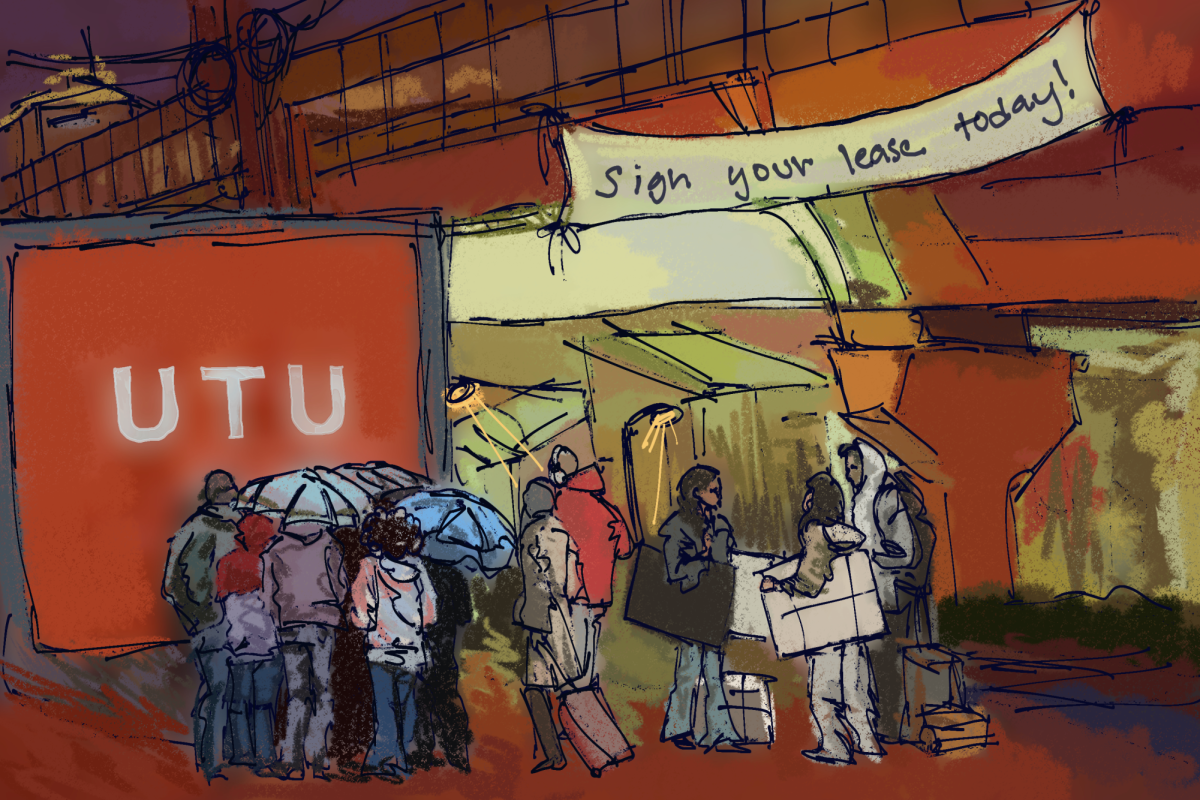I am my father’s daughter — but many assume I’m not. When visiting the grocery store over winter break, a stranger took one look at the two of us, assumed we were dating and called my dad a pervert.
Put simply, I’m white and my dad is not.
Mixed people are sometimes assumed to have been adopted, kidnapped or in a romantic relationship with family members who appear to be a different race. And yes — it’s exhausting.
Mixed race students have unique interactions with race. Because college is a time of identity formation and the mixed experience is so distinct, it’s important UT provides resources and environments for mixed individuals. The Multicultural Engagement Center is a great place to start.
Only 3.8 percent of UT students identified as mixed race in fall 2011 compared to 4.6 percent in spring 2017. The MEC houses six student-run agencies dedicated to serving UT’s diverse student body. While these agencies are open to all students and already serve many mixed individuals, the MEC does not yet offer a space specifically for mixed race students.
While some mixed students may choose to self-identify as one race, a 2014 study showed that students begin to embrace their mixed identity while in college. According to the study, racial identification is dynamic and changes over the course of a multiracial student’s time in university. The MEC must provide services during this crucial period in the formation of complex multiracial identities.
“In our student organizations, a lot of the students identify as multiracial,” said Krysta Chacon, program coordinator at the MEC. “They just don’t necessarily have to pick one org to be a part of.” According to Chacon, the MEC works to be inclusive and is “geared to be open to everyone” regardless of their identity. Students can therefore engage with multiple agencies during their time at UT.
However, there are some experiences that multiracial students do not share with students who only identify with one racial or ethnic background. Students at UC-Berkeley founded an organization for mixed students in 1992, which has led to the formation of at least six more chapters across several California universities. In contrast, mixed students at UT must seek out resources from student groups that specifically cater to singular racial and ethnic categories instead of having access to formalized mixed spaces.
The CMHC now offers a counseling group for mixed individuals, which started this past fall. “We had a few students come to us to try to create something, and that was one of the products of the request,” Chacon said.
While this is a great start, the MEC should create a specialized space housed within the MEC to provide services for mixed race students who have a growing presence on campus. By providing more services through the MEC, UT can ensure mixed race students have the tools needed to navigate UT, as well as their identities.
López is a rhetoric and writing junior from McAllen.

